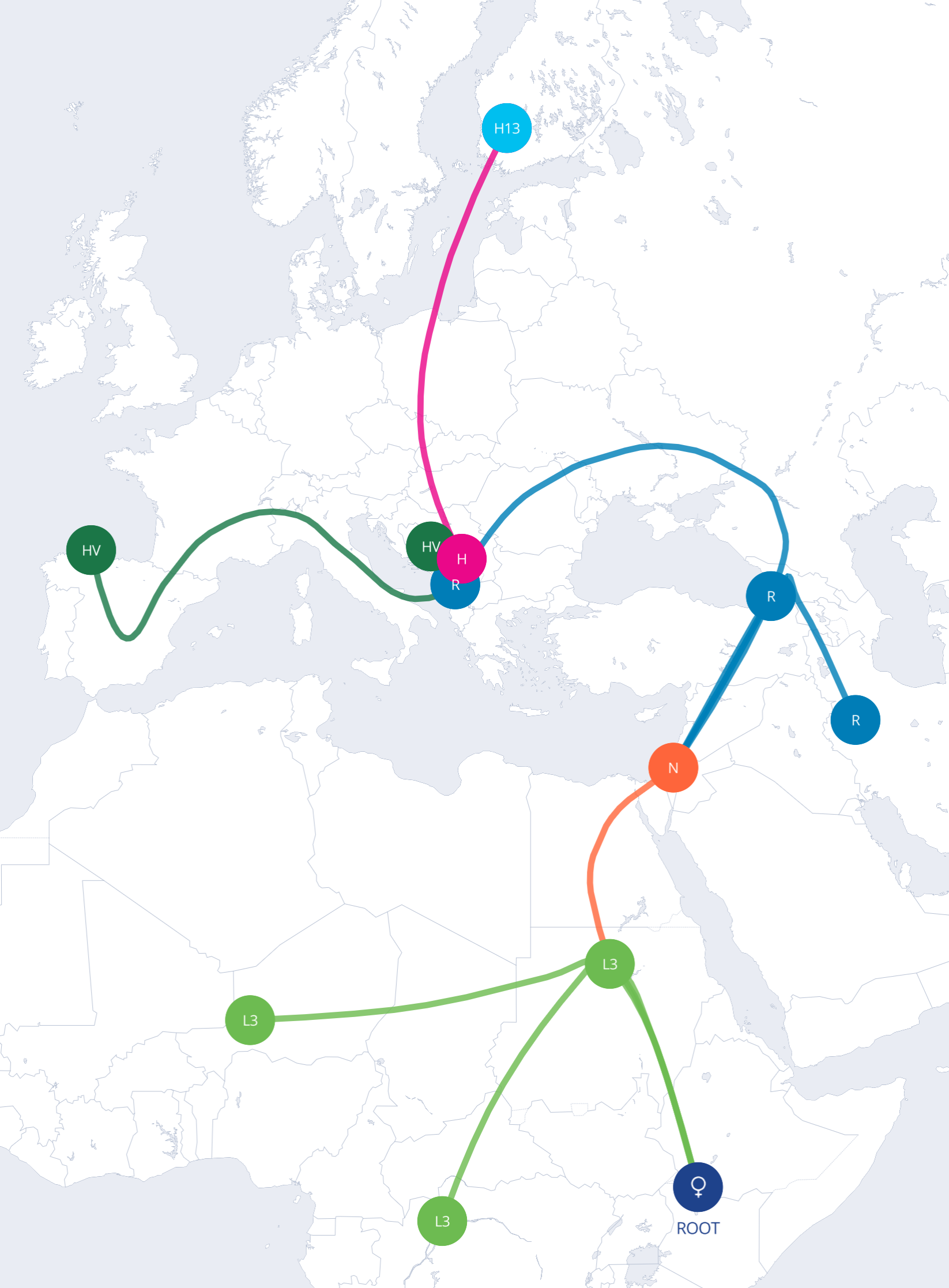

In This Article
In This Article
Understanding your baby's DNA before birth can offer peace of mind or critical answers. Whether you're exploring health screening or resolving paternity questions, there are safe ways to get the information you need. This guide breaks down your options and what to expect from each one.
If you're considering DNA testing while pregnant, here's what you need to know:
Know Your DNA Reviews

Don't miss out on the opportunity to learn more about yourself. Read our best DNA test page to find the best one for you.
Many expectant parents turn to DNA testing for a variety of reasons—some medical, others personal.
You may be thinking about testing because you want reassurance that your baby is healthy. Or perhaps you're dealing with paternity questions that feel urgent to resolve before birth. In some cases, your doctor might recommend testing based on age, medical history, or family background.
Common reasons for prenatal DNA testing include:
If your healthcare provider suggests prenatal testing, it's usually because there's a benefit to having more information early on.
DNA testing doesn’t always mean taking a risk. One of the most common and safest ways to learn about your baby's genetic profile is through Non-Invasive Prenatal Testing, or NIPT. You can read more in our deep-dive on Non-Invasive Prenatal Testing (NIPT).
NIPT works by analyzing cell-free fetal DNA, which is genetic material that floats freely in the mother's bloodstream. This DNA comes from the placenta and usually matches the baby's genetic makeup.
All it takes is a standard blood draw from the expectant mother. The sample is then sent to a lab, where technicians isolate and analyze fetal DNA fragments.
Most people can have NIPT done as early as 9 to 10 weeks into pregnancy, although some providers offer it as early as week 8.
NIPT can screen for a variety of chromosomal conditions and other markers:
While it's not always marketed as a paternity test, many labs offer non-invasive prenatal paternity testing (NIPPT) that uses the same technology as NIPT.
The best part about NIPT? It's incredibly safe.
But it’s important to understand that NIPT is a screening test, not a diagnostic test.
This means:
If you’re hoping for absolute certainty, especially for genetic disorders or paternity, talk to your provider about diagnostic options.
If you’re looking for diagnostic certainty, your provider may recommend an invasive test. These tests collect actual fetal cells for analysis, which means the results are more definitive—but there’s a small risk of complications.
CVS involves removing a small piece of placental tissue (called chorionic villi), which shares the baby’s genetic makeup. This procedure is typically done between 10 and 13 weeks of pregnancy.
There are two ways it may be performed:
CVS can diagnose a wide range of chromosomal and genetic abnormalities, as well as establish paternity. However, it does not detect neural tube defects like spina bifida.
The risk of miscarriage with CVS is about 1 in 200, though this may vary depending on your provider’s experience and whether you’re carrying multiples.
Amniocentesis is usually done a bit later—between 15 and 20 weeks of pregnancy. It involves inserting a thin needle through the abdomen into the amniotic sac to draw a small amount of fluid.
The fluid contains fetal cells and proteins, which can be analyzed for:
This test offers near 100% accuracy for many conditions. However, like CVS, it carries a miscarriage risk—typically estimated between 1 in 300 to 1 in 1,000 when done by skilled practitioners.
Read more about what to expect from an amniocentesis procedure.
While NIPT offers strong screening power, invasive tests are sometimes necessary:
Discuss with your provider whether the benefit of certainty outweighs the small risk of complications.
You may be specifically interested in determining paternity before birth. There are a few ways to go about this, each with its pros and cons.
This test uses cell-free fetal DNA from the mother’s blood and compares it with a cheek swab from the potential father.
For more on this option, check our full guide to DNA testing while pregnant.
If you’re already undergoing CVS or amniocentesis, these procedures can also be used to establish paternity using fetal DNA.
This option is completely safe and performed after birth using cheek swabs from the baby and potential father.
If timing isn’t urgent, postnatal testing is the simplest and safest approach.
With so many options, it’s normal to feel overwhelmed. Making the right choice starts with thoughtful discussion and clear information.
Your provider can help you weigh:
You may also want to speak with a genetic counselor, especially if you’re navigating high-stakes decisions. Consider talking with a genetic counselor about your results.
Genetic and paternity testing can carry emotional weight. Think about:
If you feel stressed, give yourself time and space to reflect.
Not all labs are equal. Look for:
Some testing services also offer legal-grade reports if documentation is needed for custody or court.
No one test fits every situation. Whether you're confirming paternity, checking for genetic conditions, or simply seeking peace of mind, prenatal DNA testing offers useful options at every stage of pregnancy.
With the help of your provider, you can choose a path that respects your comfort level, timeline, and goals. The right information, at the right time, can help you feel more confident as you prepare for the arrival of your baby.
Know Your DNA Reviews

Looking for a DNA test that's accurate and can tell you about your health and heritage?

